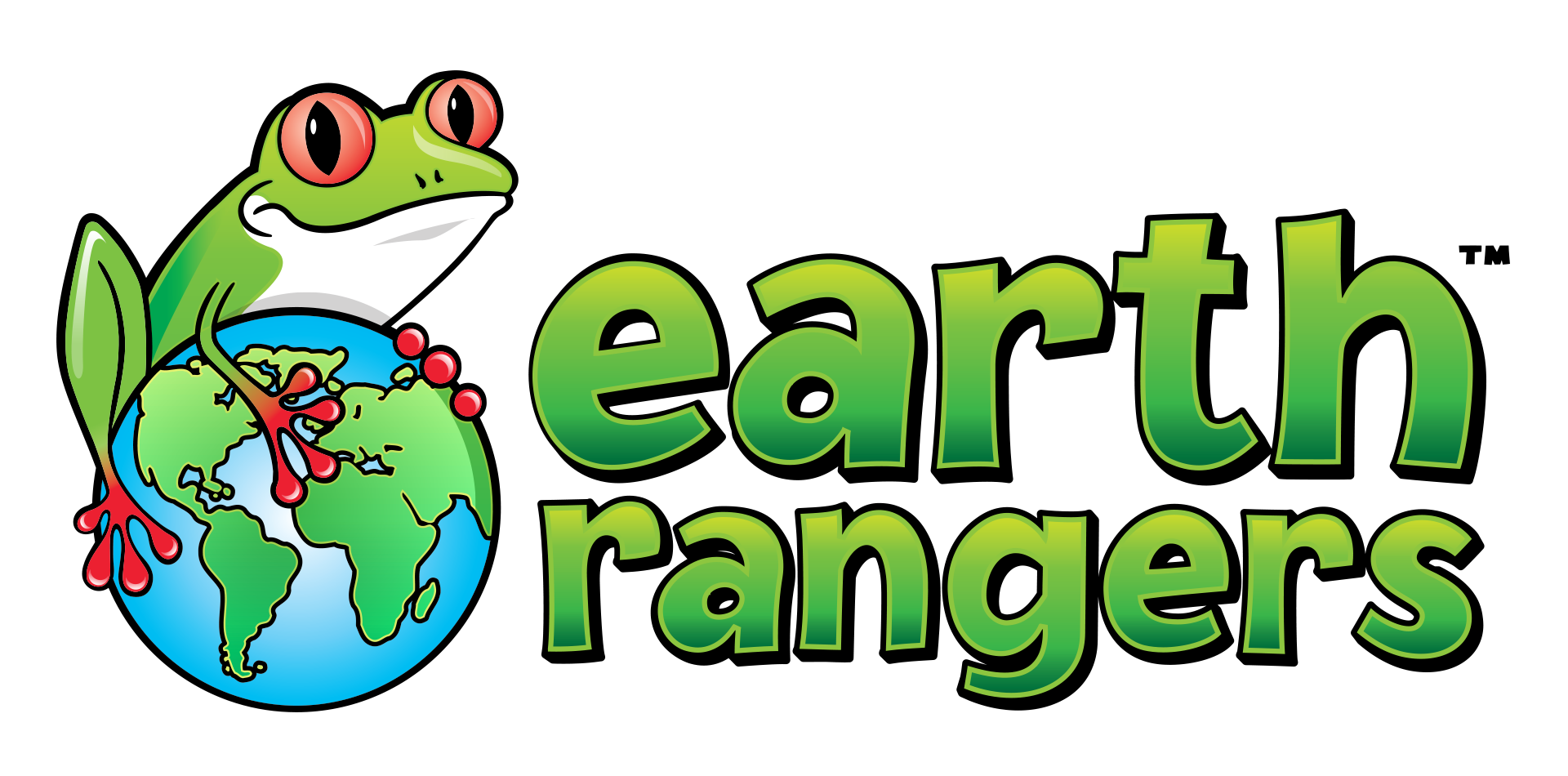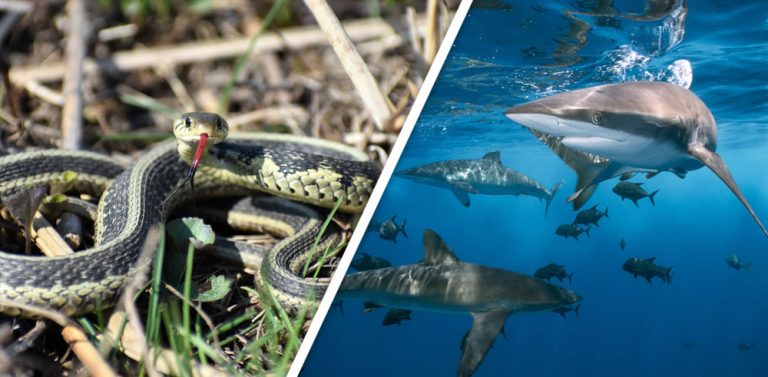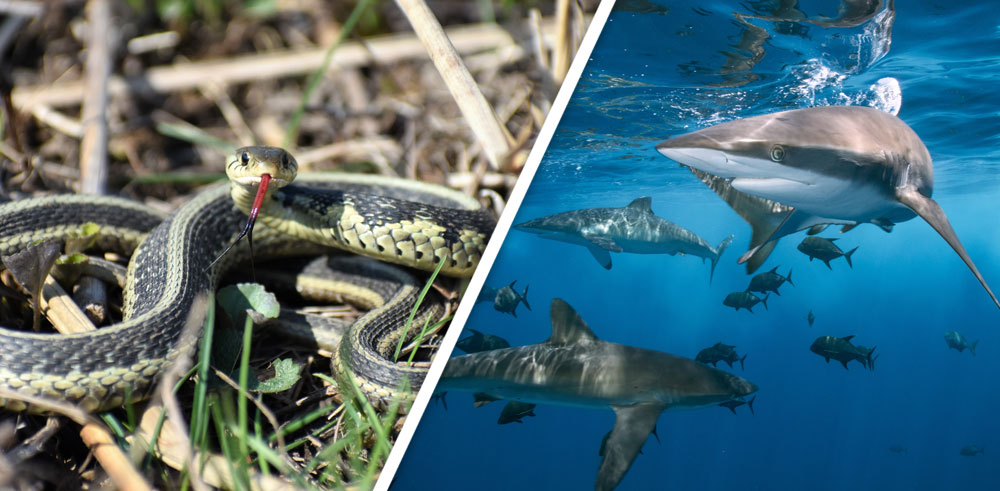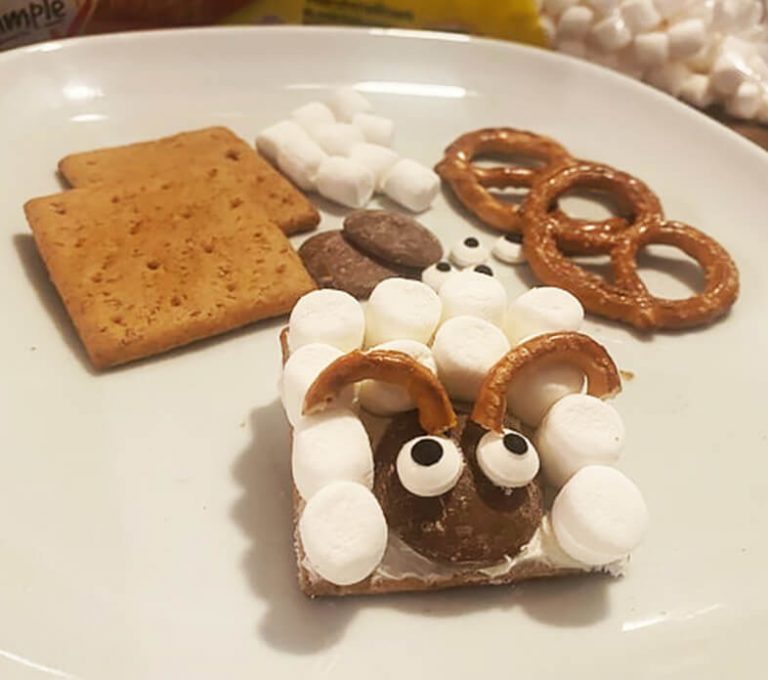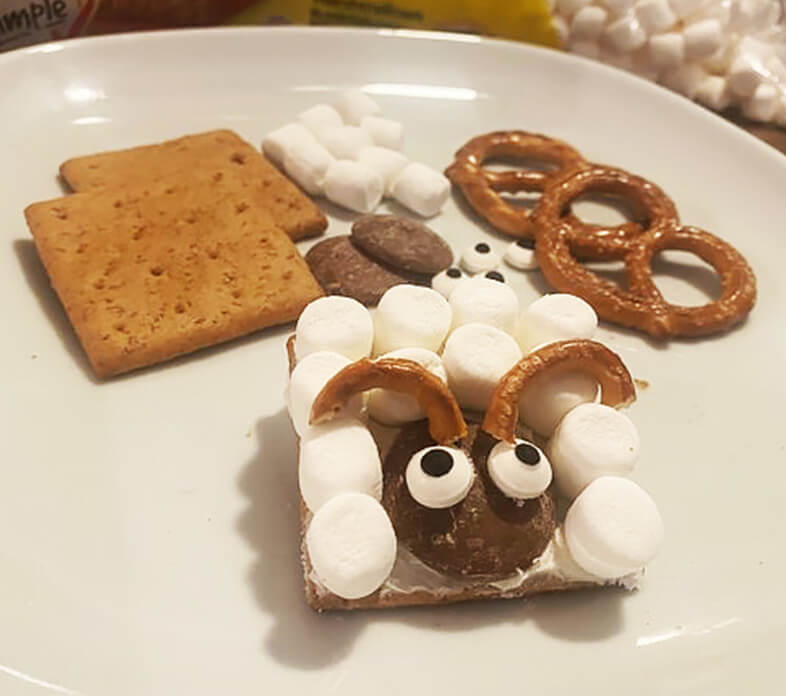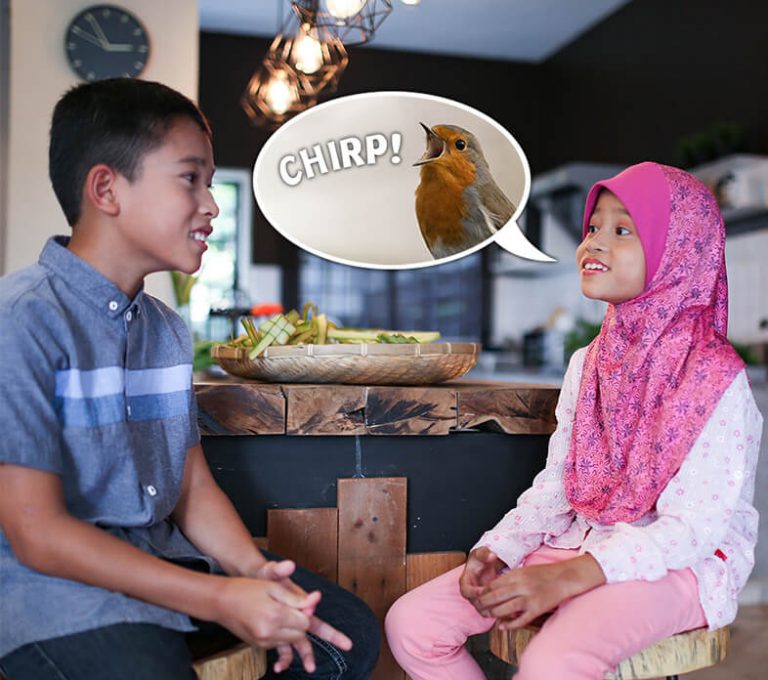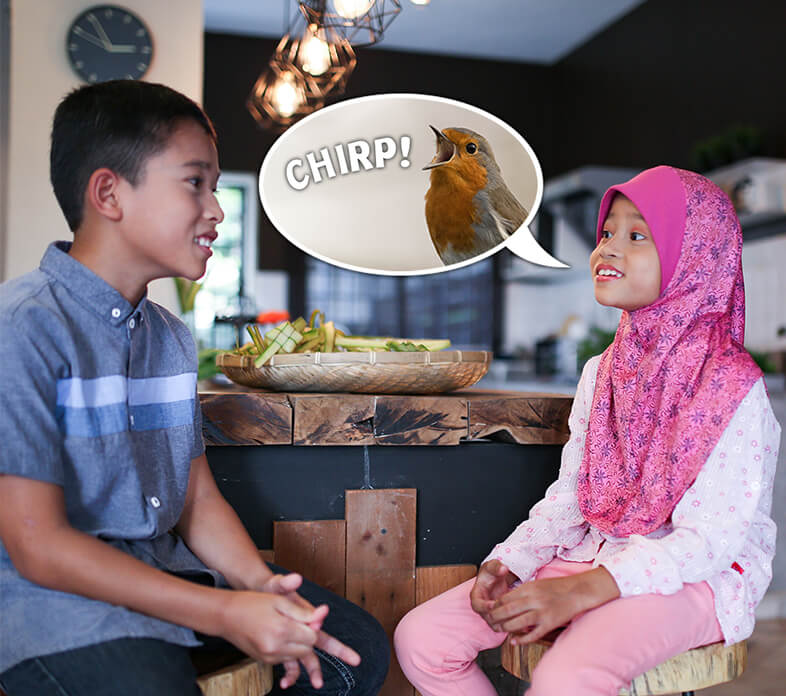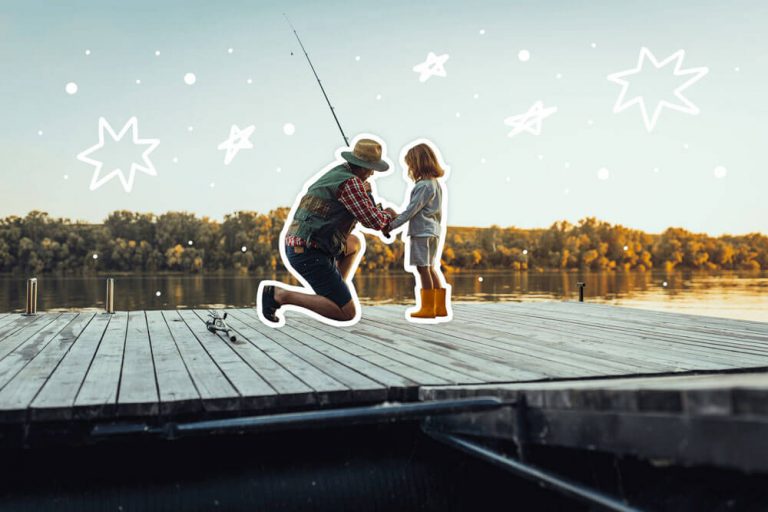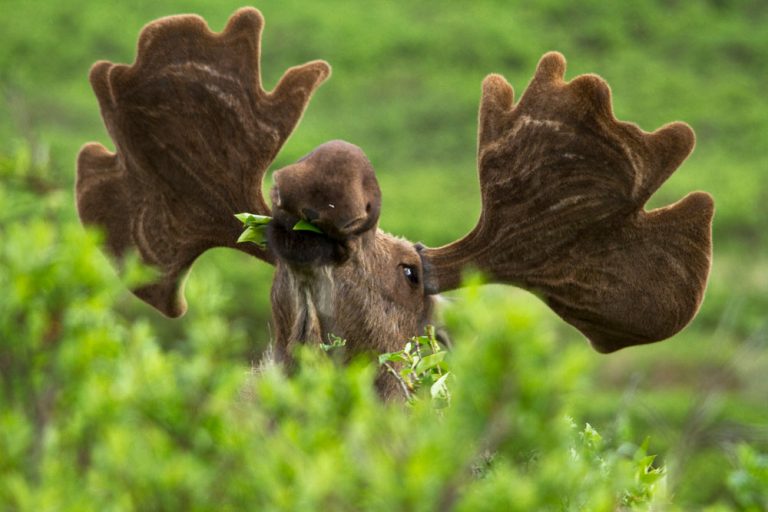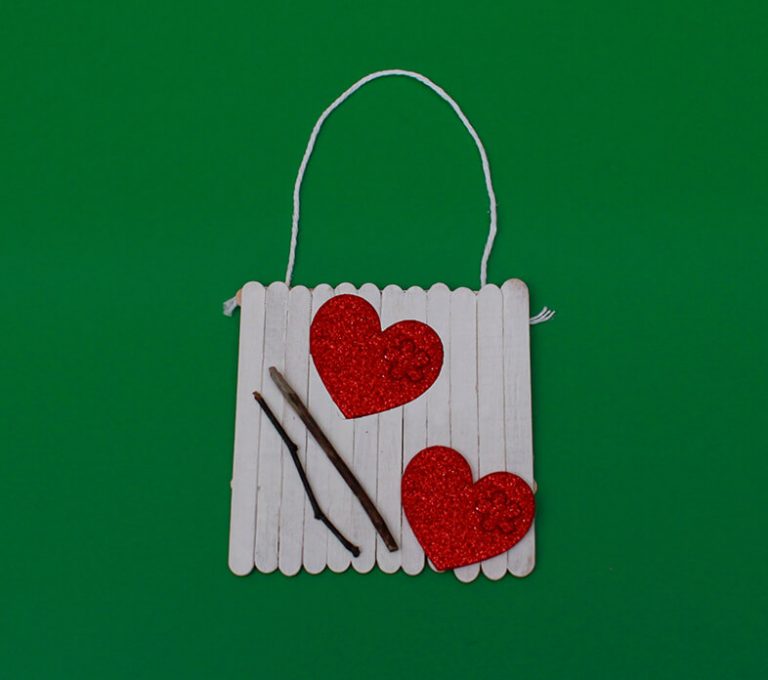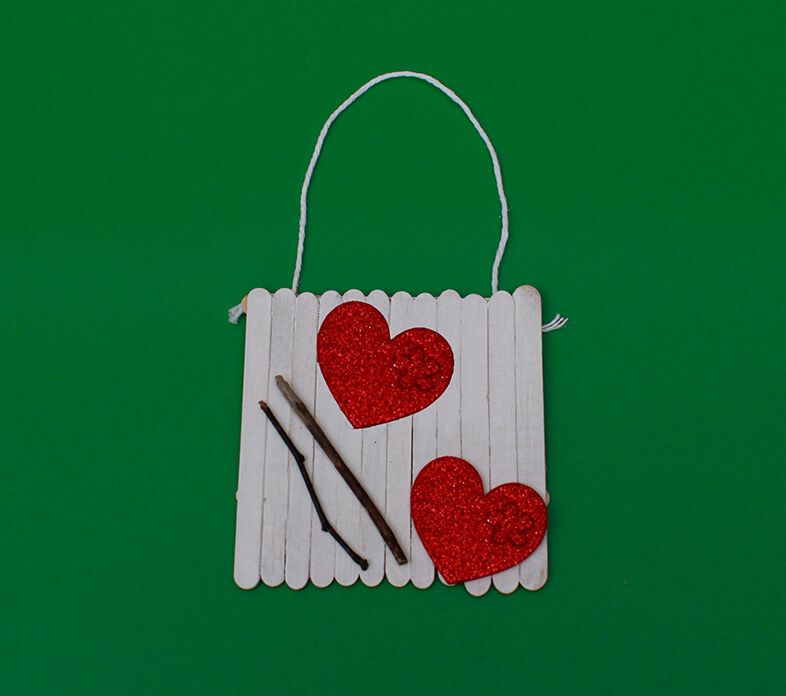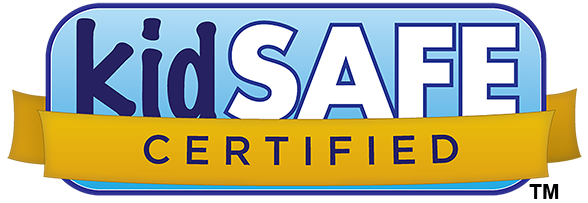Picture this! You’ve planted your amazing pollinator garden and you’re waiting for the bees and butterflies to visit. But wait… why are only hummingbirds stopping by… Huh?
Well, it might surprise you to know that the type of flower you plant can change which pollinator stops by! The colour, shape, and sturdiness all plays a part. Check out these facts to see how pollinators find their perfect plant match!

Bees
Bees love bright flowers with lots of pollen and nectar. These insects have a pretty good sense of smell, so they use it to help their search, too. Most of all, they want flowers that will give them lots and lots of nectar… that’s why they love nectar guides! Think of them as a special pattern on the petals that shows pollinators where to find their sweet treat. Flowers with nectar guides are sure to attract bees far and wide!

Plants commonly pollinated by bees: Snapdragons, Sunflowers, Echinacea, Dandelions
Butterflies
Since butterflies need a place to perch, they like bright flowers that can hold them. Plants with flowers that lay flat or that grow in bunches are perfect! Butterflies especially love plants that can nurture the whole lifecycle, like milkweeds. That way, larvae, caterpillars, AND butterflies are all happy and healthy in one place.

Plants commonly pollinated by butterflies: Milkweed, Lavender, Lilacs
Hummingbirds
Hummingbirds love flowers that have the shape of a trumpet or funnel. It tells them that even though the nectar is hidden pretty deep inside, there’s lots of it! Plus, those extra-long beaks are perfect for reaching all the nectar they like. Hummingbirds like to flutter and float beside flowers, so the size and shape of the plant doesn’t matter much.

Plants commonly pollinated by hummingbirds: Petunias, Lupines, Cardinal flowers
Other Birds
Birds like plants with warm, bright colours since they can’t smell much. Some birds are after nectar; others are after seeds… but they all get a good dusting of pollen while snacking. As long as the plant is sturdy enough to hold their weight, they’ll be happy!

Plants commonly pollinated by birds: Catkins, Marigold, Blue spruce trees, Crabapple trees
Moths
Since most moths are nocturnal, the scent of a flower is very important. They’re drawn to flowers that stay open at night and smell super strong, but that are super pale in color. Moths are happy as long as they get lots of nectar! Like their butterfly cousins, moths usually like to have a place to land while they pollinate

Plants commonly pollinated by moths: Jasmine, Yucca
If you were a pollinator, what type of flower would you look for?
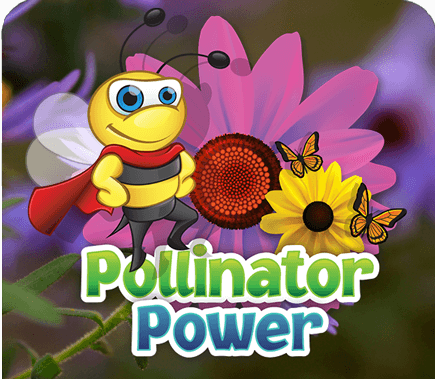
Check out the Pollinator Power Mission in the Earth Rangers App to find out more about pollinators and how you can help protect them!

